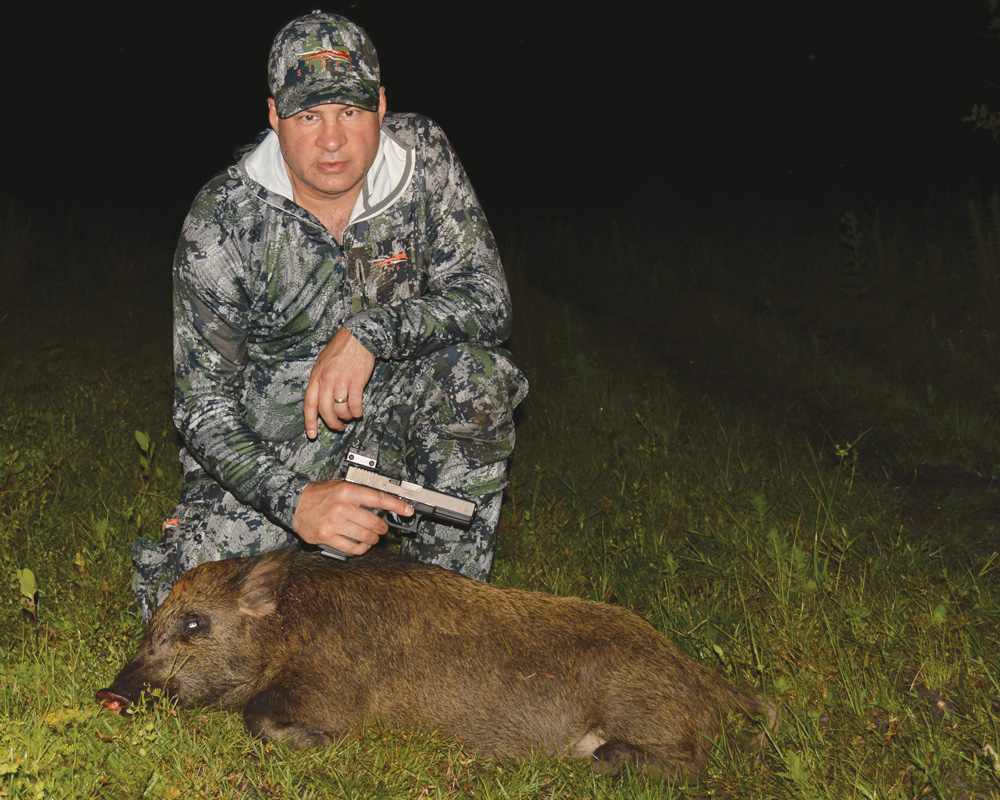
In this Glock 20 review, big bore revolver expert Max Prasac outfits a G20 with an RMR optic and optional charging handle and goes after some pork.
Points That Make The Glock 20 A Viable Hunting Pistol:
- Powerful 10mm chambering
- Exceptional reliability
- Simple Glock design allows trouble-shooting in the field
- Light enough not to encumber a hunt
This will not be an evaluation from a concealed-carry perspective. It’s a full-sized gun, in a full-sized chambering, and I am not interested in how well I can conceal it under a jacket. I am approaching this test as an evaluation from the perspective of a handgun hunter.
But first, let’s take a quick look at the Glock 20 itself. The G20 is built on the full-sized polymer frame so it is no delicate flower. Full-sized is also the manner in which I would describe the grip. The standard magazine capacity is 15 rounds and the standard barrel length is 4.6 inches and comes equipped with fixed front and rear sights. Fully loaded, the Glock 20 tips the scales at just less than 40 ounces. I will spare you the mechanical details as that is not why we are here.
First Impressions
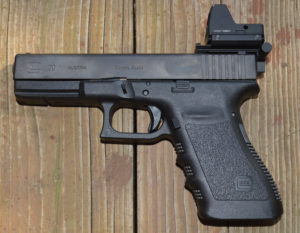
Okay, so I’ve shot more than a few Glocks in my lifetime and the thing that sticks with me the most is that they are dead reliable and seem to always run. However, I never really considered one as a serious hunting piece. For me, hunting handguns hold no more than six rounds, or five if chambered in a meaningful caliber. As I mentioned earlier, my daily carry guns are revolvers. Don’t roll your eyes, there is nothing more valuable than reliability, accuracy and familiarity with regards to your carry gun.
Glock Reviews You Need To Read
My first thoughts were that the grip is a bit on the thick side, but that’s okay if the shooter has big mitts. Also, the grip angle is wrong for me, glaringly evident when I shot the G20 off of the bench. However, the bench isn’t everything and only tells part of the story. I reserved judgment until I could flog the Glock in the field.
Since the plan was for me to evaluate the Glock 20 as a hunting handgun, I started by ordering what I felt were a number of 10mm loads obviously intended for more than personal protection. Federal’s new 10mm load featuring 180-grain Trophy Bonded jacketed soft points (see page 48) got the nod as did a couple of offerings by Double Tap Ammunition, the most serious being their 200-grain hard-cast load. It is important to note that I never once in my test regimen experienced anything even resembling a jam or a malfunction. Granted, my testing offers a small sample, but it is reassuring.
I shot the Glock initially for familiarization with a number of loads, and concluded that if I was going to stretch its usable range out a bit, it would be beneficial to add a Trijicom RMR reflexive sight. In order to use the RMR, the rear sight needs to be drifted out. I used a wooden dowel and a hammer, with the slide in a vise. There is a specific tool for the job available from Brownells, and the RMR requires a Strike Industries mounting kit that I also ordered from Brownells. We also installed the optional rear sight-charging handle to aid in cycling the slide with the mounted RMR.
I ordered my Glock 20 with the optional additional six-inch barrel. To be honest, I was unimpressed with the accuracy exhibited by the longer barrel and promptly returned the original piece to its rightful place and my accuracy improved dramatically.
Once bench testing for accuracy and sight-in were complete, I practiced in a variety of field positions, to include predominantly offhand shooting. Yeah, it’s the most difficult position to become proficient with, but it prepares you for nearly anything you may encounter in the field.
Glock Talk: Discover More Tips & Reviews
- Why is the Glock Such a Popular Handgun?
- Glock Mods – Customizing for Performance
- Glock 19 Review: Glock Double Stack 9mm
- Glock 43 Single-Stack Reivew – Test Driving the Single-Stack 9mm
- 9mm Glock 26 for Concealed Carry – The Best Double-Stack?
- G34 Review – What Makes The Glock 34 A Top Competitor?
- What is the Best Glock for IPSC?
- Glock 30S for Concealed Carry
- Glock 10mm Models – What Are The Best Options?
- Loaded Weight of Glock 43X
The True Test
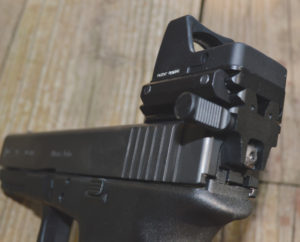
I booked a flight to Palm Beach, Fla. one long weekend with the G20 in tow. My good friend Jeff has a large hunting lease not far from Palm Beach, and like much of Florida, it is overrun with an abundance of big, feral hogs.
My brother-in-law Vincent and I headed to the property early Saturday morning to meet Jeff. The morning session was uneventful, so we took the hottest part of the day off until the late afternoon. In warm climes like Florida, hogs will lay up during the hottest part of the day, reemerging to forage when the temperatures drop in the late afternoon and early evening. We came up empty on the second session as well.
Driving back to camp, I was riding on the seat mounted on the back of Jeff’s truck—a genuine Florida swamp buggy—looking for dark shapes moving in the waning light. We drove by a road that forked to the left of the main road and as I looked down there I spotted movement—way down at the end of the road. I banged on the roof of the truck and Jeff stood on the brakes. I told him to back up and there they were, a good 1,000 yards away, black shapes moving in and out of the brush.
Though quite a ways off, I jumped down, Glock in hand, and made the long stalk. Jeff and Vincent got out of the truck and watched in amusement while I picked my way down that road towards the wild hogs. I managed to get within 20 yards of the edge of a field, where I could see the tops of the tall grass moving and hear grunting. One hog exited and I could make him out clearly. I centered the dot on his shoulder and let one 180-grain Trophy Bonded bullet fly.
My aim was true and the hog went down, while hogs exploded en masse out of the field in all directions. As I moved in a little closer, my downed hog made an attempt to get up, but I shot him in the neck and any notion of escape was immediately abandoned. Meanwhile I centered on another that was in high gear and squeezed the next two shots on him while he retreated into the stand of trees and brush just to my right. The smoke cleared, and silence ensued.
By now it was nearly dark. We recovered hog number one but couldn’t locate hog number two in the thick palmetto until the morning. Success. I’m really beginning to like the G20 about now.
I clearly found the G20’s strengths on multiple, fleeing porcine targets. The red dot aids in rapid target acquisition in low light. I have been using red dot-type sights on hunting revolvers for years. I don’t feel the G20 is limited to the role I pressed it to serve, but it sure was the right tool for the job. I wouldn’t hesitate to use it on much larger game animals at reasonable distances.
I never shot the G20 past the 50-yard mark and I felt most comfortable with it under 40 yards. I feel that in stock configuration, this is close to the limit in respect to range, at least in my hands, but there are a number of aftermarket parts available that will considerably improve upon the stock platform. This is not an indictment of the G20, as I felt that within my self-imposed limits, this is one very effective hunting sidearm, one that I look forward to hunting with more in the future.
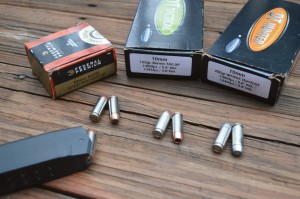
I don’t hunt with a handgun to take long shots. That is not why I am in it. I like practicing fieldcraft, stalking and getting close by stealth. This is the challenge to me as a hunter. If you are looking for a sidearm, at a reasonable price, that can pull double duty as a personal defense piece and a primary hunting piece, the Glock 20 will serve you well.
Glock 20
Type: Semi-automatic pistol
Caliber: 10mm
Barrel: 4.6 in./ 1:9.84 twist/RH
Sights: Fixed front/fixed rear
Capacity: 15 + 1 shots
Weight: 30.89 oz (empty), 39.71 oz (loaded)
Trigger Pull: 5.5 lbs.
Grips: Polymer
Overall Length: 8.22 inches
SRP: $600
Contact: glock.com
Learn More About Glock Options
- Glock 17 Review
- Glock 19 Review
- Glock 20 Review
- Glock 22 Review
- Glock 26 Review
- Glock 29 Review
- Glock 30 Review
- Glock 34 Review
- Glock 40 Review
- Glock 41 Review
- Glock 42 Review
- Glock 43 Review
- Glock 44 Review
- Glock 43X Review



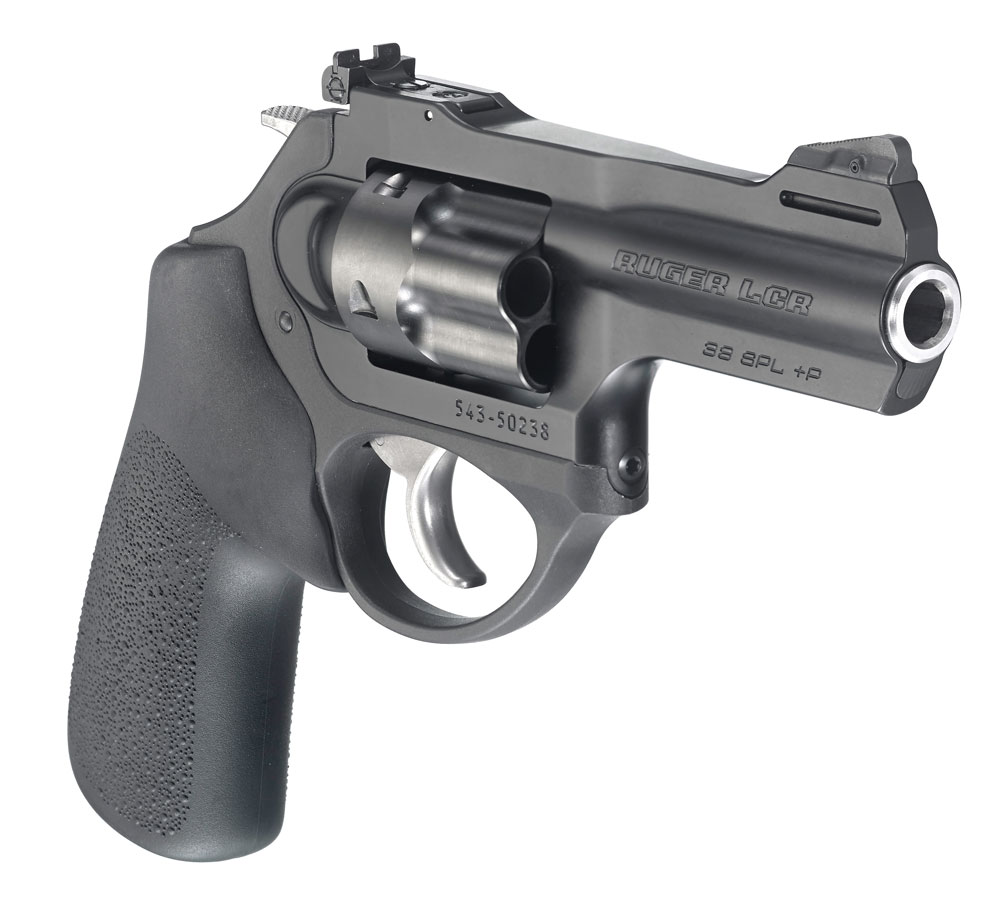
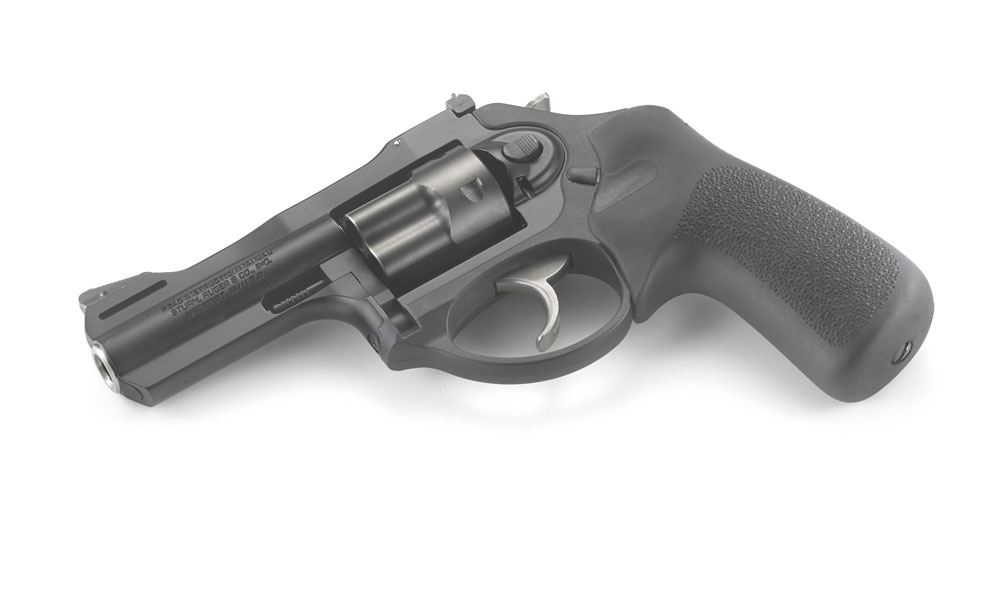

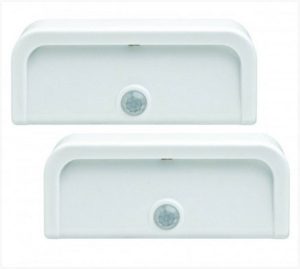
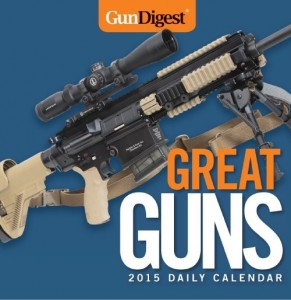
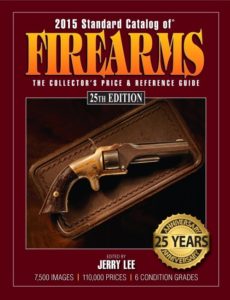
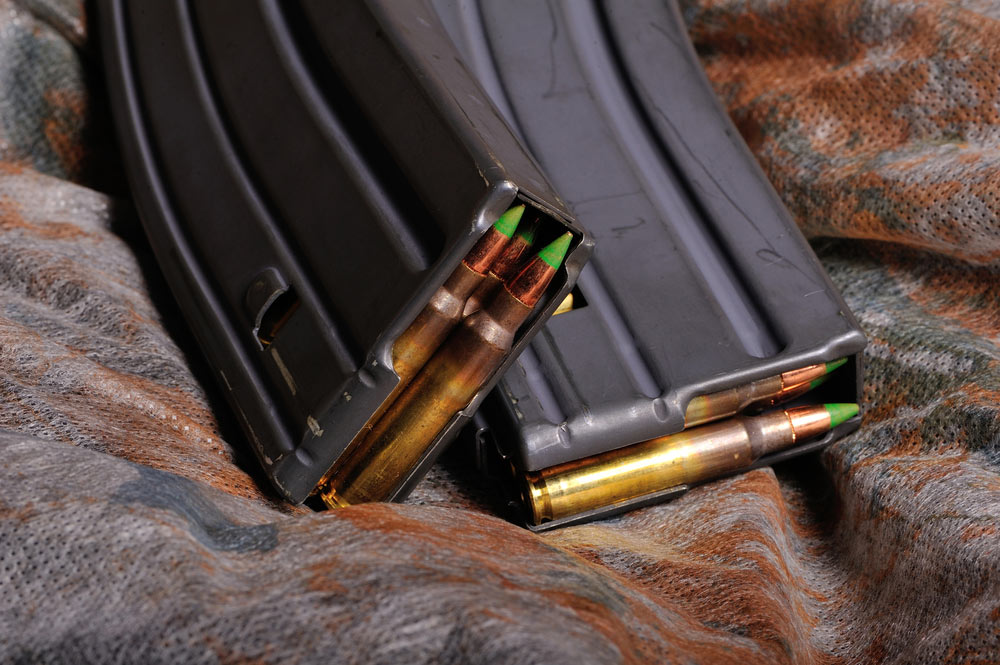
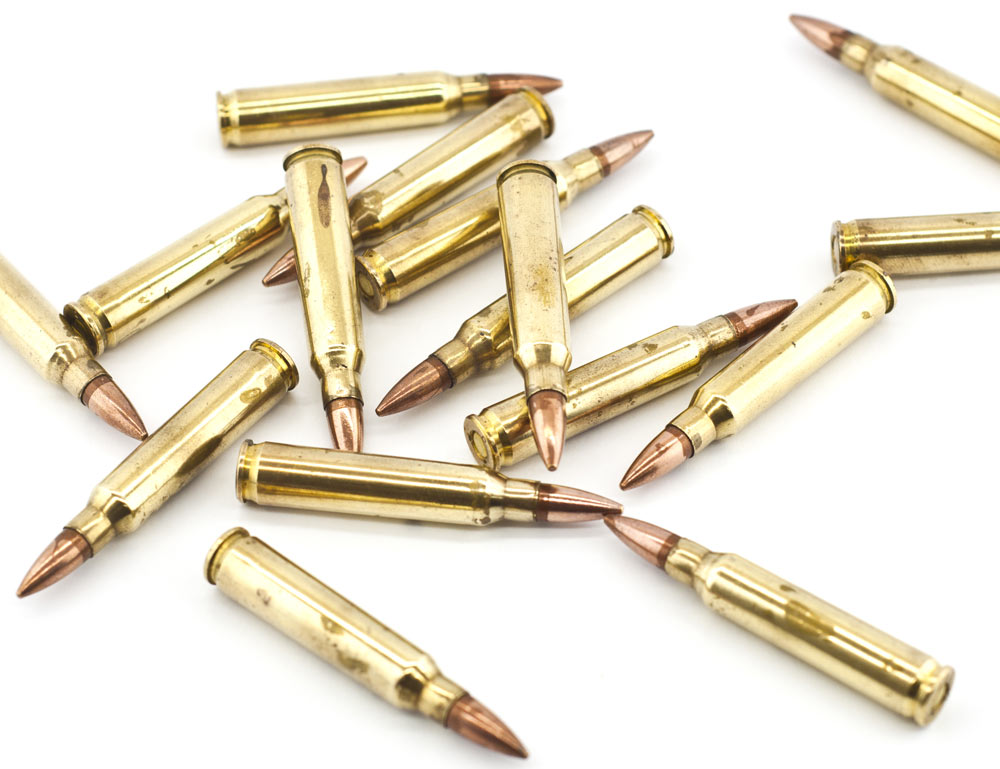
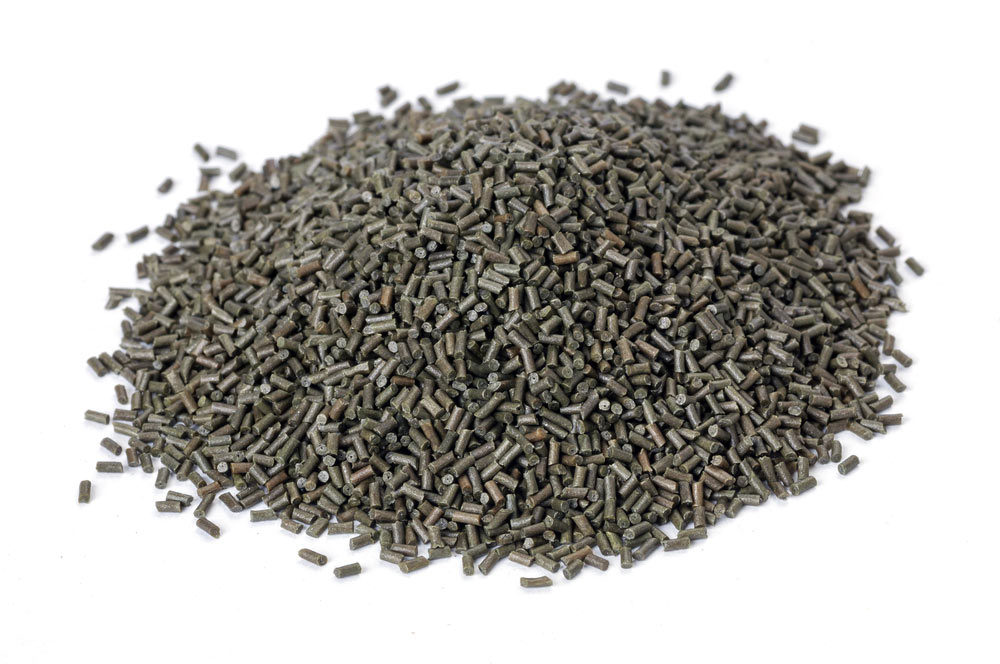

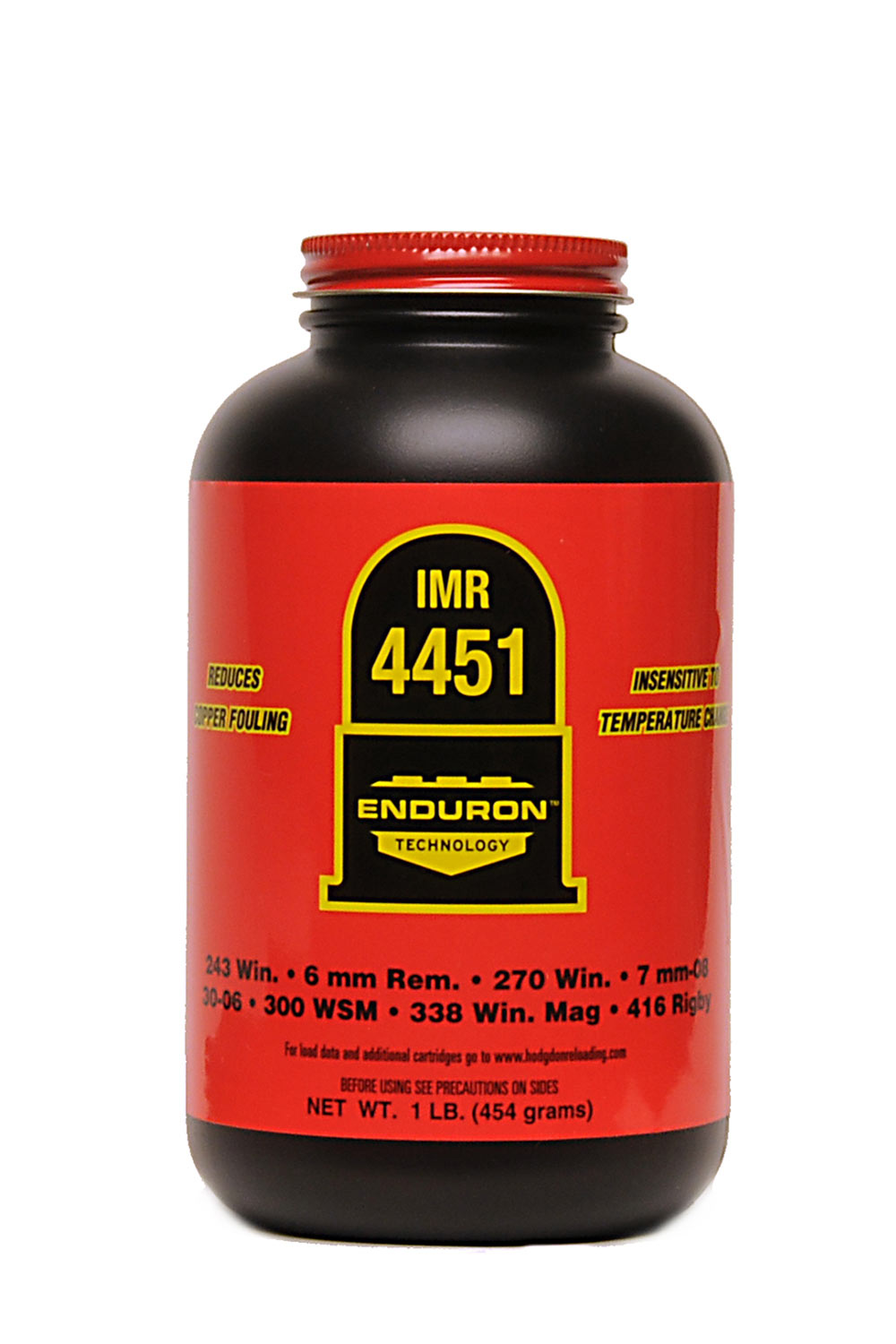

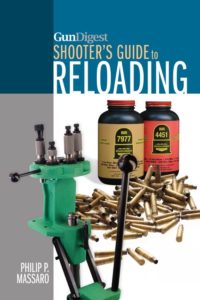



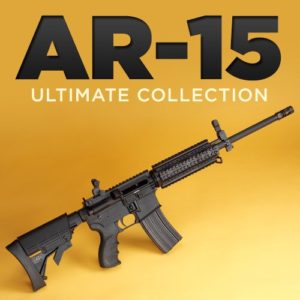
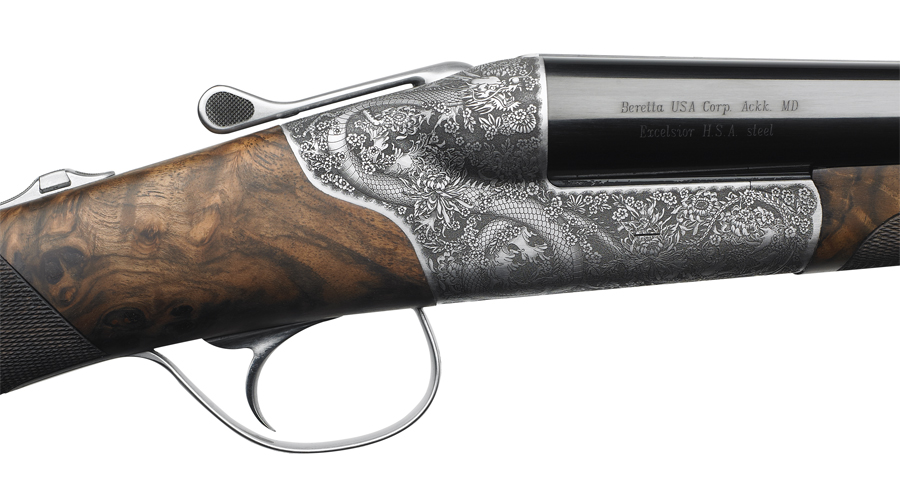

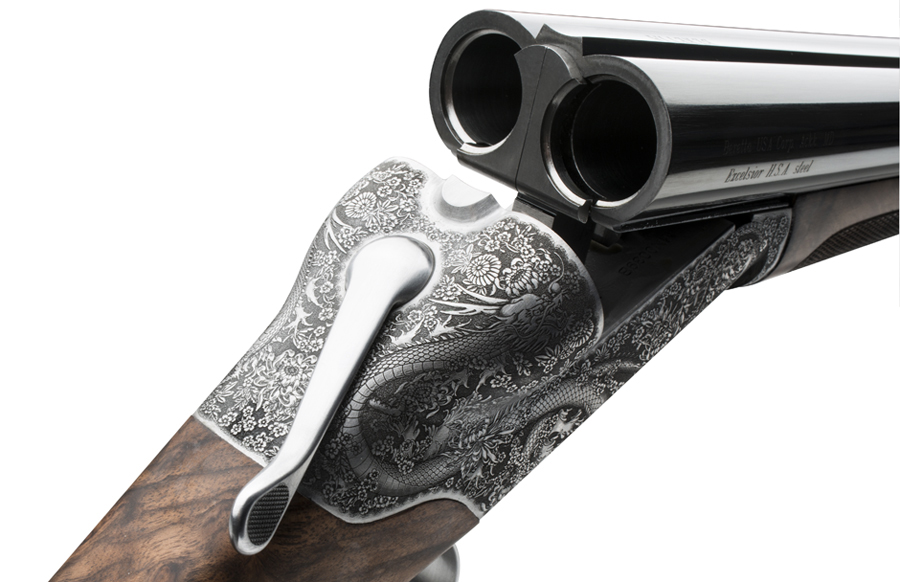

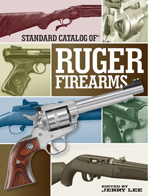




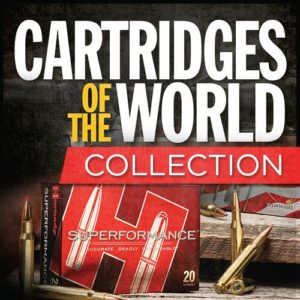

![Best Concealed Carry Guns In 2025 [Field Tested] Wilson Combat EDC X9S 1](https://gundigest.com/wp-content/uploads/Wilson-Combat-EDC-X9S-1-324x160.jpg)


![Best 9mm Carbine: Affordable PCCs [Tested] Ruger Carbine Shooting](https://gundigest.com/wp-content/uploads/Ruger-Carbine-Shooting-100x70.jpg)
![Best AR-15: Top Options Available Today [Field Tested] Harrington and Richardson PSA XM177E2 feature](https://gundigest.com/wp-content/uploads/Harrington-and-Richardson-PSA-XM177E2-feature-100x70.jpg)
